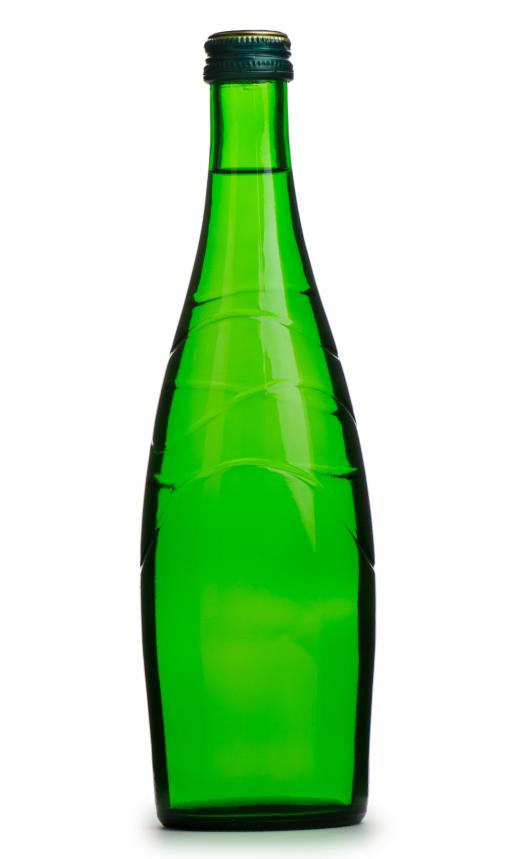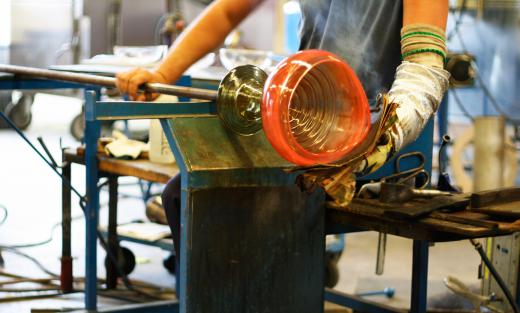Glass production is generally broken down into two main categories, namely those processes used to manufacture plate, and blown, or molded, products. Although each category features a multitude of separate, specialist products, the basic glass production line layout for each remains similar for most products. Plate, or float, glass is a flat sheet product primarily used for glazing products such as window panes and partitions. In these factories, molten glass is passed across the surface of a bath of molten tin producing a sheet of finished glass of predictable thickness and excellent surface quality. Blown, or molded, glass facilities manufacture bottles, jars, and decorative items from small pieces of molten glass that are either blown manually in the open or mechanically into molds.
Glass is a hugely prolific product encountered in a host of different forms in everyday life. It is, however, generally encountered in only one of two basic forms — flat plate glass in mirrors, partitions, and windows, and a multitude of containers and ornamental items. Glass products are made using either float or blown glass processes, each of which features a large number of specialist procedures for the manufacture of specific products such as impact- and heat-resistant or self-cleaning glass. The float glass production line is used to make the flat glass sheets found in window glazing and other plate products. Blown glass facilities make bottles and ornaments either manually or by automated glass production line methods.

The float glass production line typically starts with a batching process where raw materials, such as soda lime, silica sand, and calcium oxide, are mixed with cullet, or re-cycled glass. This mixture is then send to a multi-chambered furnace where it is heated to approximately 2,732° Fahrenheit (1,500° Celsius), reducing it to a molten state. The molten glass is then floated out onto a bath of molten tin at a temperature of approximately 1,832° Fahrenheit (1,000° Celsius). As the tin is highly fluid and the glass highly viscous, the two don't mix with the glass, forming a perfectly flat sheet of between 0.11 inch (3 mm) and 1 inch (25 mm) thick. Once the glass sheet passes over the tin bath, it has cooled enough to be sent into a annealing oven, or lehr, to remove heat stress, after which it is cut and stored for distribution.

A blown glass production line differs in layout according to the intended end products involved. Ornamental items are typically hand blown by picking up a lump of molten glass from a furnace on a blow pipe and physically blowing air into it to form the rough item. The glass blower turns the item constantly, adds or cuts off pieces of molten glass, and flattens or bulges certain sections to form the finished product. Utilitarian glass jars and bottles are generally made on large, automated glass production lines that blow regularly-sized pieces of molten glass into molds. These products are passed through several annealing, embossing, and forming processes to toughen the glass, to add decoration, or to shape screw cap threads before completion and distribution.
